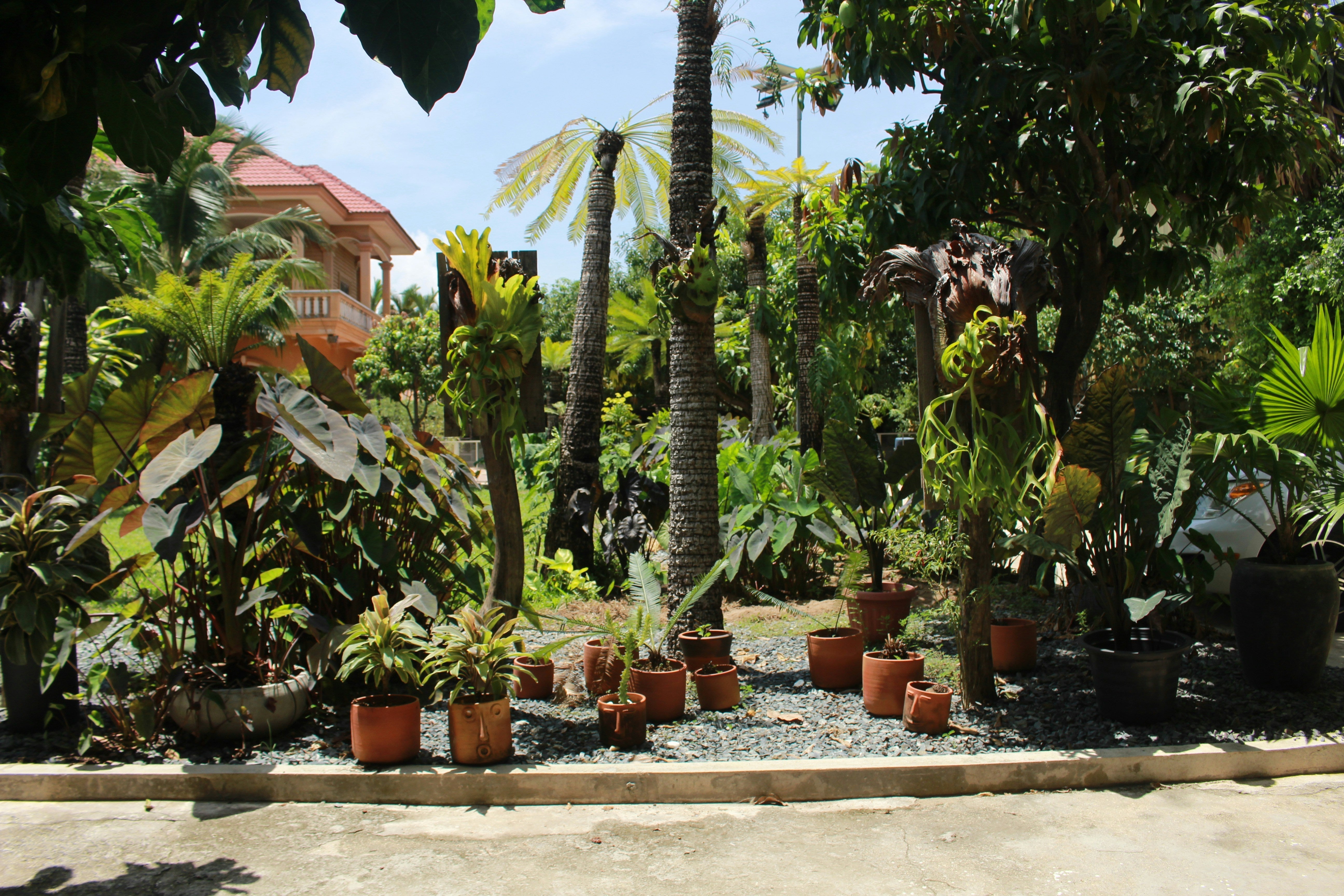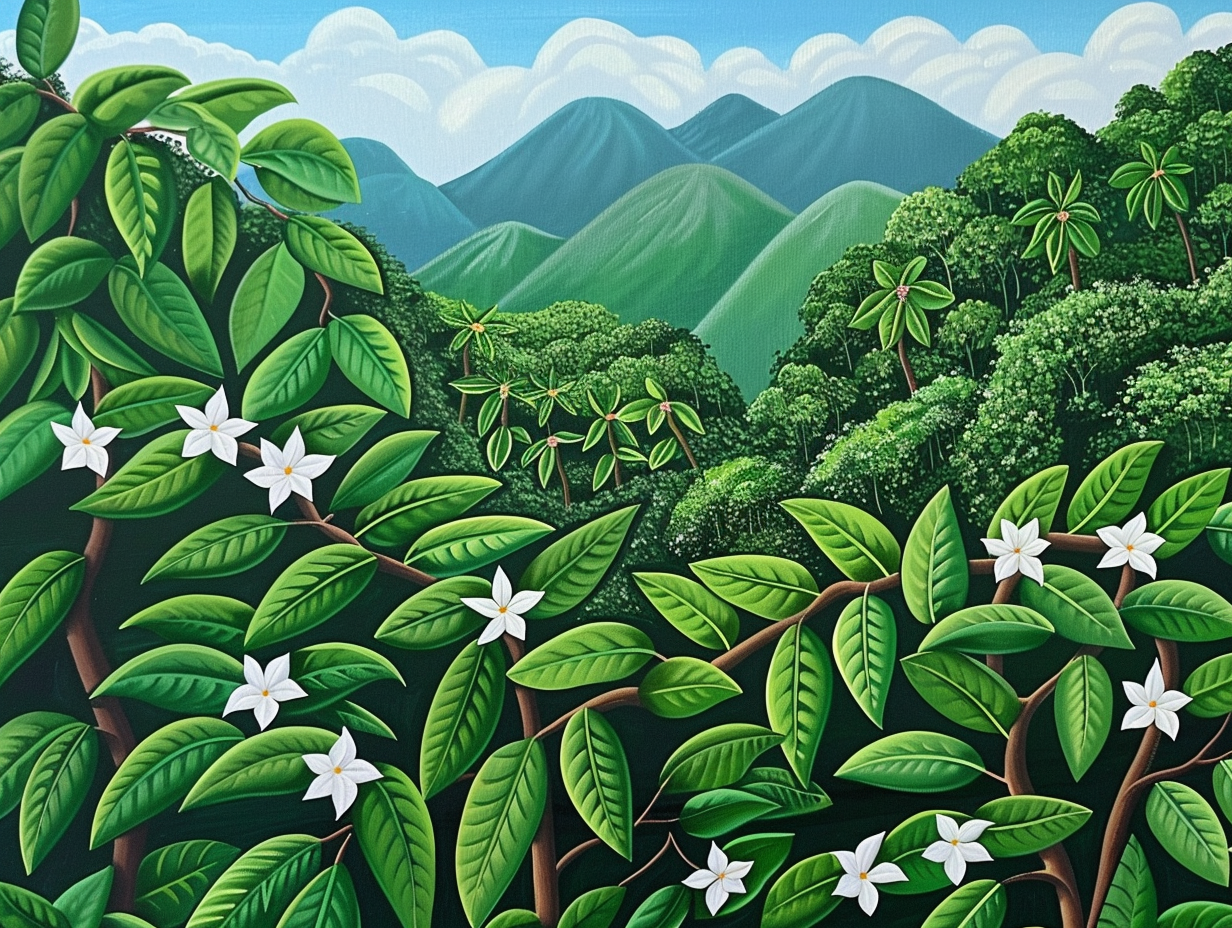She doesn’t bloom under pressure.
She waits until the world slows.
When the light softens. When the day exhales.
Only then, does she arrive.
We know her as jasmen.
In Haiti, her presence is quiet but unmistakable. She doesn’t announce herself with color. She moves through scent. A kind of stillness that perfumes the air and shifts the rhythm of the room without saying a word.
Growing up, we knew we were close to the mountains when we smelled her. On drives to Kenscoff or Furcy, two of the mountain towns just beyond Port-au-Prince, jasmine would line the roadside. Her fragrance would rise through the windows and settle into our clothes, our skin, our memory. We didn’t need a map. We followed her scent. She told us we were almost there.
In Haitian culture, jasmen carries deep spiritual and emotional resonance. She appears in ceremonies as an offering to the spirits. In funeral processions, she’s used to honor transition and memory. Jasmine garlands are offered to visitors and dignitaries as a gesture of reverence, of softness, of welcome. Though hibiscus holds the title of national flower, jasmine is a kind of spiritual understudy, everywhere, essential, often unspoken.
She is the flower that marks entrances and exits, a threshold, a prayer.
Jasmine is known for her calming properties. Anti-inflammatory for the skin, and emotionally soothing for the nervous system. She doesn’t shock the skin into obedience. She coaxes it toward ease. Especially for skin that flares fast and heals slow.
We’ve been working on a new ritual. One that listens closely and jasmine has guided us.
This isn’t a product launch. Not yet.
This is a thank-you. A breath. A small bow to the flower that reminded us to go gently.
She told us we were almost there.
And maybe we are.
Read more

If you’ve been waiting to experience Orijin in person, now’s your chance. June is full of opportunities to meet us in real life, feel the textures, smell the botanicals, and talk skin stories. Whet...

Fragrance-free is not a compromise. Learn why our Jasmine Ritual is scentless by design and why that matters for sensitive skin and nervous systems.


Leave a comment
All comments are moderated before being published.
This site is protected by hCaptcha and the hCaptcha Privacy Policy and Terms of Service apply.